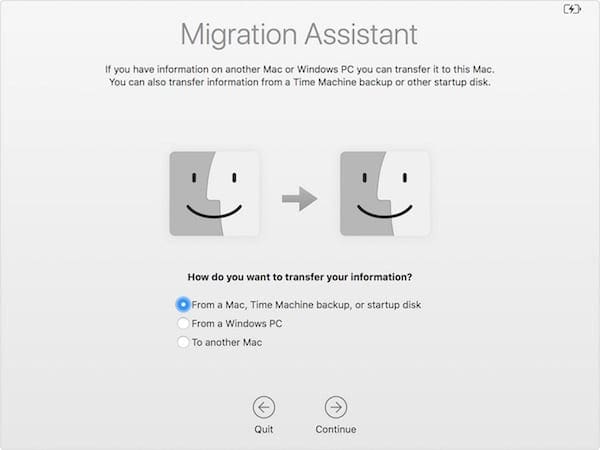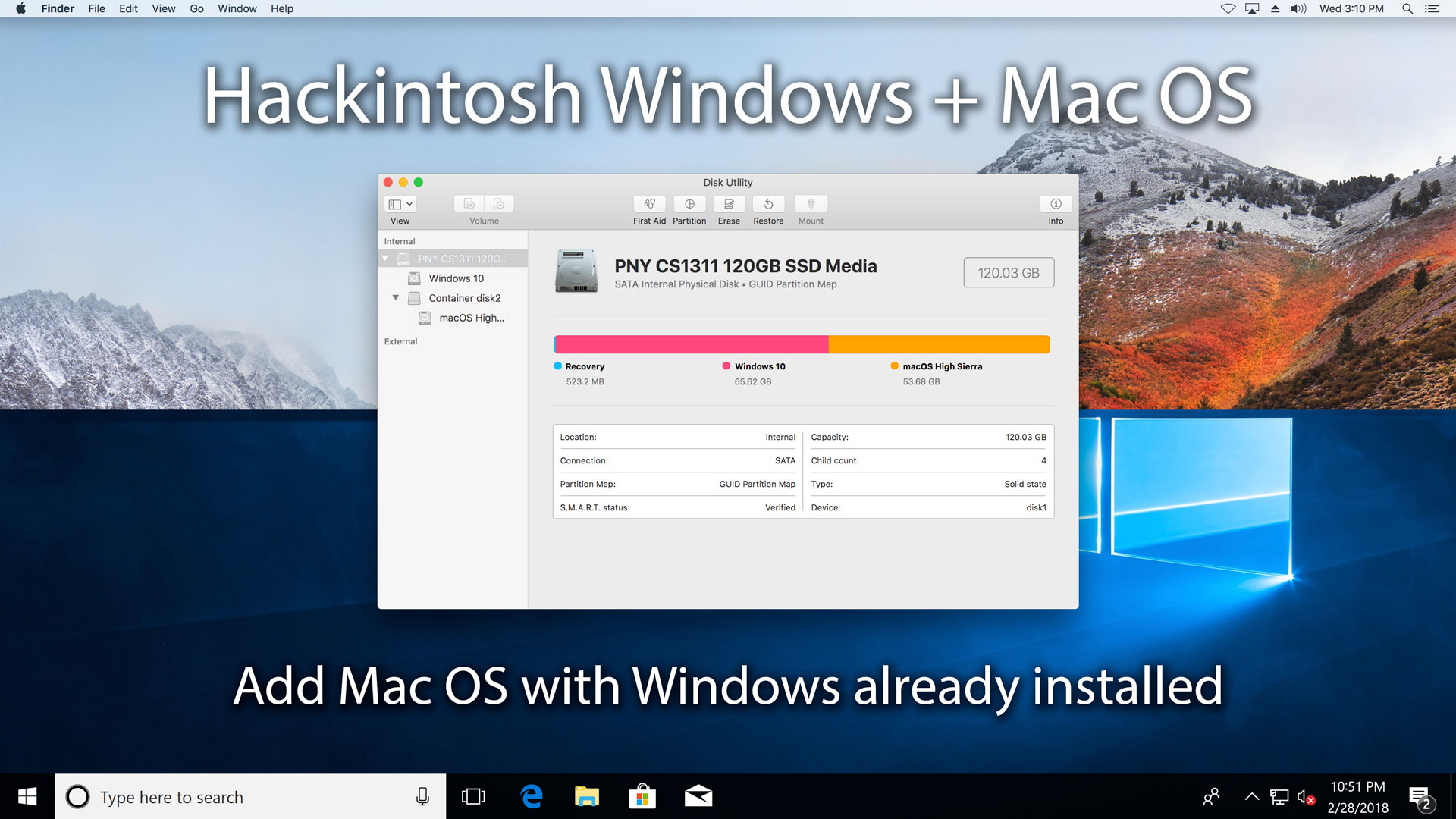
- #Mac bootable disk transfer how to
- #Mac bootable disk transfer install
Congratulations You have successfully migrated the macOS data from the old hard drive to the new solid-state drive. c) Power on your Mac to boot from the newly installed SSD. b) Remove the cloned SSD from its drive enclosure and connect it to your Mac. You can now quit Terminal and eject the volume. a) Shut down your Mac, unscrew the bottom, and remove the old hard drive.
#Mac bootable disk transfer how to
So this article will show you how to recover data with.
#Mac bootable disk transfer install
When Terminal says that it's done, the volume will have the same name as the installer you downloaded, such as Install macOS Monterey. Creating a bootable drive to recover data from an unbootable system is an effective way to avoid data losing after system crash or corrupt. After the volume is erased, you may see an alert that Terminal would like to access files on a removable volume. Terminal shows the progress as the volume is erased. When prompted, type Y to confirm that you want to erase the volume, then press Return. Your Mac should start up from the macOS installer CD/DVD media. 2) Secondly, press and hold the C key on your keyboard immediately upon hearing the startup chime. 1) Firstly, turn on your Mac, or restart it if it’s already on by choosing Restart in the Apple menu. Terminal doesn't show any characters as you type your password. How to start up your Mac from a bootable CD/DVD. When prompted, type your administrator password and press Return again. * If your Mac is using macOS Sierra or earlier, include the -applicationpath argument and installer path, similar to the way this is done in the command for El Capitan. Sudo /Applications/Install\ OS\ X\ El\ Capitan.app/Contents/Resources/createinstallmedia -volume /Volumes/ MyVolume -applicationpath /Applications/Install\ OS\ X\ El\ Capitan.app 
Sudo /Applications/Install\ macOS\ High\ Sierra.app/Contents/Resources/createinstallmedia -volume /Volumes/ MyVolume Sudo /Applications/Install\ macOS\ Mojave.app/Contents/Resources/createinstallmedia -volume /Volumes/ MyVolume Sudo /Applications/Install\ macOS\ Catalina.app/Contents/Resources/createinstallmedia -volume /Volumes/ MyVolume

Sudo /Applications/Install\ macOS\ Big\ Sur.app/Contents/Resources/createinstallmedia -volume /Volumes/ MyVolume Sudo /Applications/Install\ macOS\ Monterey.app/Contents/Resources/createinstallmedia -volume /Volumes/ MyVolume If it has a different name, replace MyVolume in these commands with the name of your volume.
:max_bytes(150000):strip_icc()/005_use-disk-utility-to-clone-macs-drive-4042367-5bc4e77946e0fb002698ce0b.jpg)
These assume that the installer is in your Applications folder, and MyVolume is the name of the USB flash drive or other volume you're using.
Type or paste one of the following commands in Terminal. Open Terminal, which is in the Utilities folder of your Applications folder. Connect the USB flash drive or other volume that you're using for the bootable installer.




:max_bytes(150000):strip_icc()/005_use-disk-utility-to-clone-macs-drive-4042367-5bc4e77946e0fb002698ce0b.jpg)


 0 kommentar(er)
0 kommentar(er)
